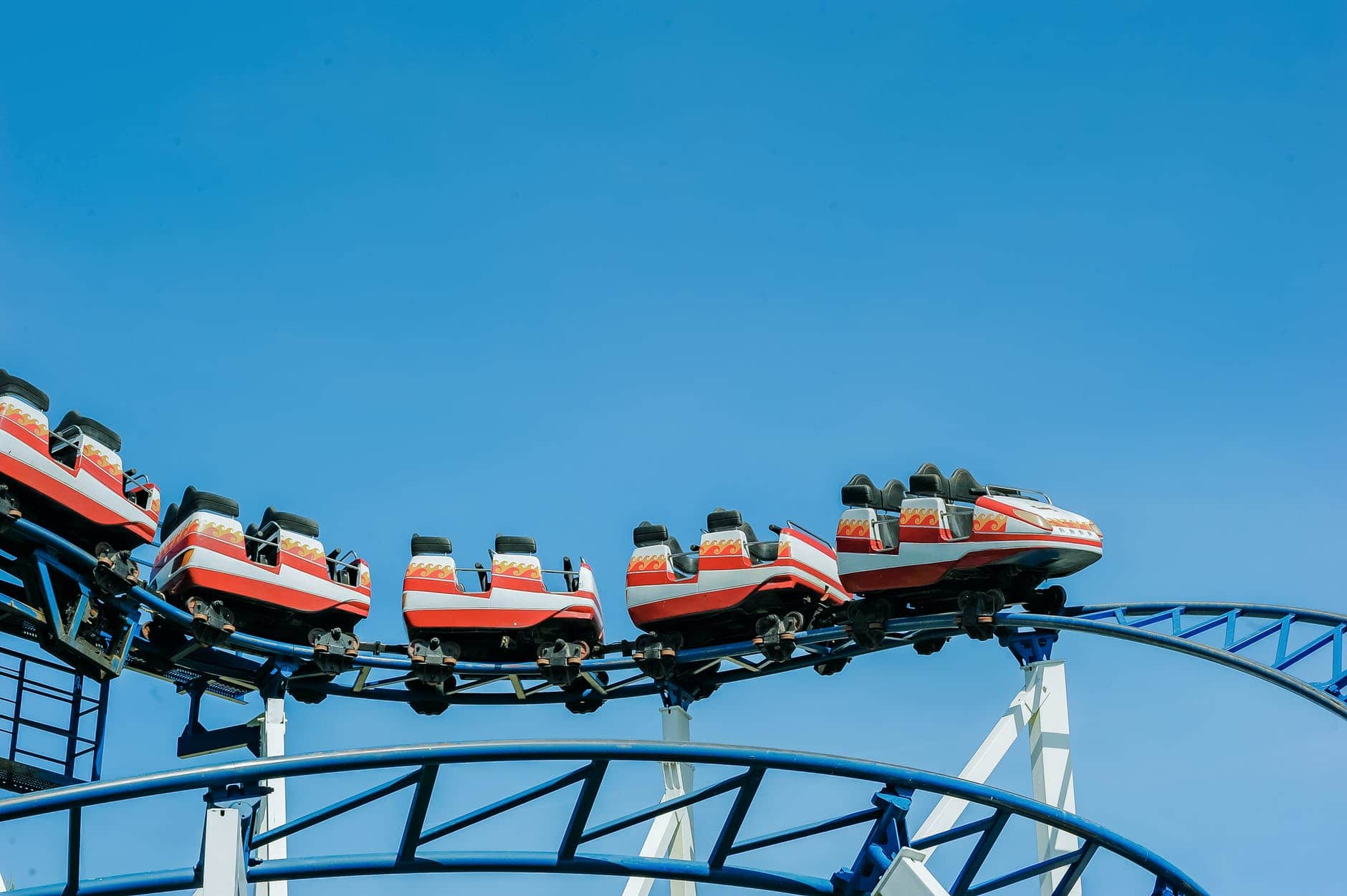
Bipolar Disorder – The Symptoms and Making the Diagnosis
Bipolar disorder is a common mood disorder which is characterized by extremes of mood from depression to mania. It effects about 3% of the population overall and in its more severe form (Bipolar I disorder) is equally common in men and women (BP -I occurs in 1% of the population). It is distinct from major depression. The latter is characterized by bouts of severe depression. In contrast in bipolar disorder there are episodes of marked mood elevation along with periods of deep depression.
What do we mean by mood elevation? These are episodes of what is called either hypomania or mania.
In mania there is a period usually lasting weeks to months of euphoric mood, a grandiose unrealistic sense of self, combined with high energy, a reduced amount of sleep, less need for sleep, talking a lot, a sense of pressure to keep talking, racing thoughts, hyperactivity, distractibility, and disinhibition with risky behaviors suck as overspending, sexual indiscretions or driving recklessly. Sometimes the mood is not euphoric but rather angry and highly irritable causing a lot of distress to those around the patient.
At the far extremes of severe mania there can be grandiose delusions (such has “I will be a billionaire soon” or “God has sent me on a mission to save the world”). This is called mania with psychosis.
Distinct from mania, a much more subtle of bipolar disorder, is the occurrence of milder high states called hypomania, which can be very common. In these situations, the mood elevation is more attenuated and may last for relatively short periods such as 4 days to a week. However, it not simply normal happiness and is beyond or disproportionate to that. The symptoms are the same as with mania but they are not as extreme.
Again the patient appears revved up to others and may be somewhat hyperactive, will be talking too fast and sleeping less and may appear disinhibited in area such as spending money, driving too fast or focus on sexual matters. There may also be irritability. The patient subjectively may notice increased energy, racing thoughts, hyperactivity and decreased need for sleep. There is a clear change in functioning that is apparent to friends and family members.
Another clue to the diagnosis is these periods of acceleration and mood elevation are typically followed by depression. Recurrent periods of mania and depression are called Bipolar I and recurrent periods of hypomania and depression are called Bipolar II.



